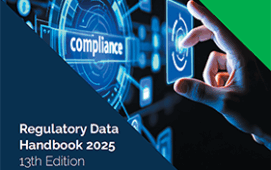Following the heavy criticism that has been levelled at the Financial Accounting Standards Board (FASB) for its failure to act on issues with fair value accounting standards, the industry body has indicated that it is now preparing for the final vote on its proposals, which were announced on 16 March. The FASB will be carrying out the vote on 2 April and they are then due to come into force for financial statements released at the end of the first quarter.
The new rules will allow firms “significant judgement” in the valuation of their assets and are considered to be a major step away from the original mark to market guidelines. It is expected that the relaxation of the accounting rules will result in an increase in banks’ profits of up to 20% due the reduction in the writedowns on their balance sheets. These financial institutions can now use internal models instead of market prices to value their hard to value assets.
FASB was forced to revise its mark to market legislation following pressure from lobbying efforts by the US Chamber of Commerce, the American Bankers Association (ABA) and the larger financial institutions. Moreover, on 12 March, the FASB was threatened with government action during a hearing of a House Financial Services subcommittee. Government officials told Robert Herz, chairman of the FASB, to get the rule changes implemented in a period of three weeks or face regulatory intervention.
The revisions have also come under criticism for their perceived lack of transparency and the manner in which the FASB was forced to back down by lobbyists and politicians. However, the accounting body has defended its actions and spokesman Neal McGarity has recently stated that it merely expedited the rule changes rather than bowing to pressure in terms of the content of the changes themselves.
It is also feared that the new rules will interfere with US Treasury Secretary Timothy Geithner’s plan to remove distressed assets from bank balance sheets by discouraging financial institutions from disposing of these assets.
Subscribe to our newsletter




